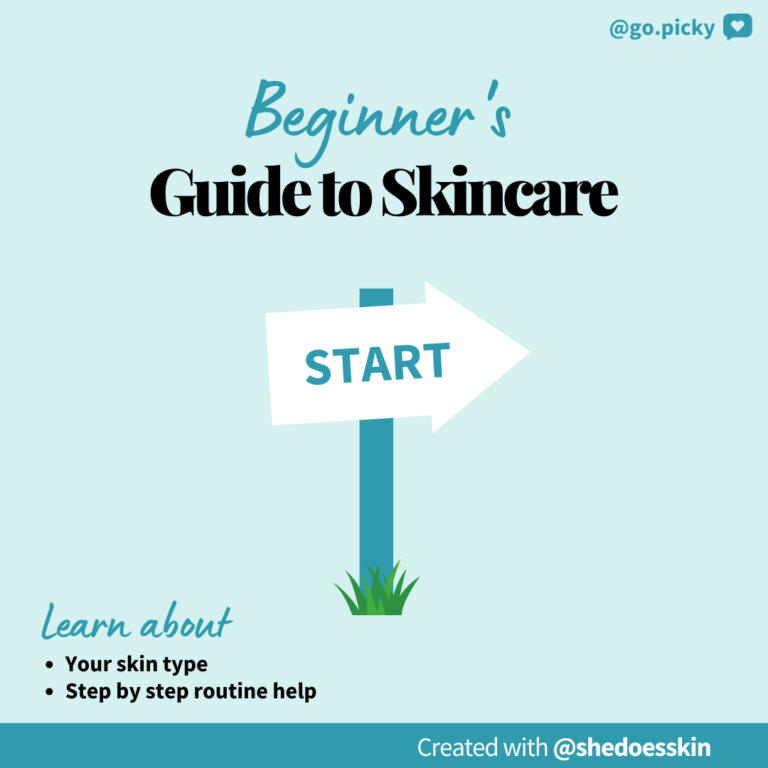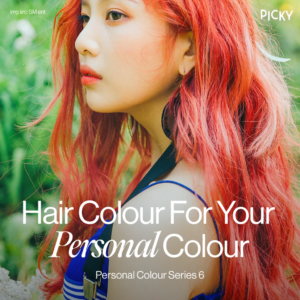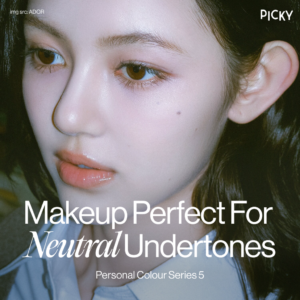Starting your skincare journey can be quite overwhelming, but we have a big guide for beginners in skincare to help lead the way! So buckle up and dive right in.
Skincare is Essential!
As the biggest organ of your body, and arguably one of the most important, it’s vital to give some TLC to that skin. Skin plays an immense role in protecting us from external pathogens and, you know, holds all of our organs and stuff inside!
Skincare is definitely the craze these days, but regardless giving your skin some love has both cosmetic and medical benefits. For example, although we can’t stop the hands of time we can most definitely stop it from showing! With a finely tuned skincare regimen we can reduce the appearance of fine lines, wrinkles, dark spots and sun damage! Also minor skin concerns can be effectively managed, like dry or oily skin.
Start with Skin Type

First step for beginners in skincare, identifying what kind of skin you have. Everyone’s skin is different and unique, so skincare regimen’s can differ. What works for your friends, family, influencers, etc won’t always work for you. You can take the Skin Analysis quiz through the Picky app to find your skin type, or check out the bullet points below:
Quick Tip on Skin Types
To test out your skin type: Wash your face and let it be for 2 hours. No products or anything to see how your skin naturally reacts. If your skin:
• Gets a little greasy or shiny: You probably have oily skin.
• Feels dry or flaky: You have dry skin.
• Is dry in some places and oily around the T-zone: You have combination skin.
• None of these things: Lucky you, you’re considered to have “normal” skin.
Important to note that when skin shows signs of an allergic reaction, we tend to categorize that as sensitive skin. However, sensitive skin is a skin condition rather than a general skin type as we listed above. Oily, combination, dry and normal skin can still have certain allergic reactions to different products which can therefore categorize them under the sensitive skin label.
Step 1: Cleanser

Cleansing is fundamental, so make sure you’re doing it right! Wash your face twice a day: Once in the morning and once before bed! But what kind of cleanser is best for your skin type? The answer can vary so use some of the tips we drew out for you:
• Acne prone or oily skin: Benefits most from a cleanser containing key ingredients like salicylic acid, benzoyl peroxide or even retinol.
• Dry, normal and even any sensitive skin: Benefit from a cleanser with glycerin and ceramide works the best.
- In general: some of the best ingredients to use in a facial cleanser are retinol, AHAs & BHAs, ceramides or even vitamin C.
If you’re a fan of makeup or want a deep clean, then we suggest double-cleansing. This will help remove all the extra makeup and/or residue. Check out our guide on double cleansing here for more info!
Step 2: Moisturize

Many of beginners in skincare tend to exclude this step, but moisturizing is key! It can help reduce extreme dryness or oiliness, which are harmful to the skin and cause skin conditions like acne. Trust us, everyone needs a good moisturizer. But a good moisturizer varies person to person. Here’s some of our top ingredients for moisturizers:
• Hyaluronic acid: Plumps skin and restores lost hydration.
• Ceramides: Crucial for skin-barrier strength and overall health. Also important for those with dry skin and eczema.
• Vitamin C: Provides antioxidant protection and overall skin brightening.
We have a full article for each skin type: Oily, sensitive and dry. Bonus! Product recommendations for oily skin types, dry skin types and sensitive skin types.
Step 3: Sunscreen
If there’s one thing you take away from this beginners in skincare guide, it should be that SPF is life! Sunscreen is the first line of defense for our skin and protects us against harsh sun damage, hyperpigmentation, and skin diseases like cancer. Always go for a sunscreen with SPF 30 or above and apply daily! Doesn’t matter if it’s cloudy, SPF should always be your final step in your skincare routine.
There’s two routes you can go with sunscreen: Chemical or mineral-based.
- Mineral sunscreens: work as a shield, blocking the UV rays from penetrating your skin. This is thanks to superstar ingredients like zinc oxide and titanium dioxide.
- Chemical sunscreens: protect the skin against UV rays by absorbing them. Relying on ingredients like octocrylene and avobenzone.
Find even more about sunscreen in our article here. We give more insight on which sunscreen is best for your skin type with product recommendations included!
The Extra Steps
You might be thinking, “Is this really enough?” and the answer is YES. No need to go over the top and buy more products you don’t necessarily need. Keep it basic.
You don’t need more products at night. Using the same cleanser and moisturizer at night works just as fine. However, if there are certain issues you wish to target, then adding a few extra steps is possible. That could mean adding another moisturizer, a serum, or even an essence. But take it slow and listen to your skin on what it needs!
Helpful Ingredients:
Having a handy list of helpful ingredients can be a saving grace when scanning through new products. So get a little familiar with these ingredients because they could be a savior for your skin.
Niacinamide
A form of vitamin B3 that helps with managing acne, rosacea, hyperpigmentation, appearance of fine lines, and wrinkles. .
Vitamin C
Powerhouse of antioxidants and essential for producing collagen. Helps with hyperpigmentation and overall brightening skin tone! Vitamin C can come in many forms or derivatives so keep an eye out for: magnesium ascorbyl phosphate, ascorbyl 6-palmitate, ascorbic acid sulfate, or L-ascorbic acid (also referred to simply as ascorbic acid).
Peptides
The building blocks of protein and known for collagen production through stimulation of these proteins. Known as the rookie of anti-aging, a lot of potential but still being studied!
Retinoids
Also known as vitamin A, these compounds -retinol, retinal (or retinaldehyde), retinoic acid, and synthetic retinoids like Adapalene and Tazerac- are one of only two proven ways to prevent the signs of aging. (The other is sunscreen!). Stimulating the skin-cell-shedding process from below, leading to smoother skin and a reduction in both signs of aging and acne.
Ceramides
Ceramides fill the space between your skin cells in the outer layer of skin. Your skin already makes ceramides naturally because without them your skin can’t hold any moisture or keep irritants out.
Azelaic acid
Naturally found in barley and wheat, this ingredient is known for its gentle exfoliation. Helpful for managing acne and acne-like bumps, as well as hyperpigmentation.
Hydroquinone
The golden standard for brightening! You can find this over the counter (up to 2% concentration) or through prescription.
Hopefully this guide for beginners in skincare is helpful! Find which products work best for your skin with the Picky app. Make sure to check out our Instagram and Picky blog for more skincare science content.



















